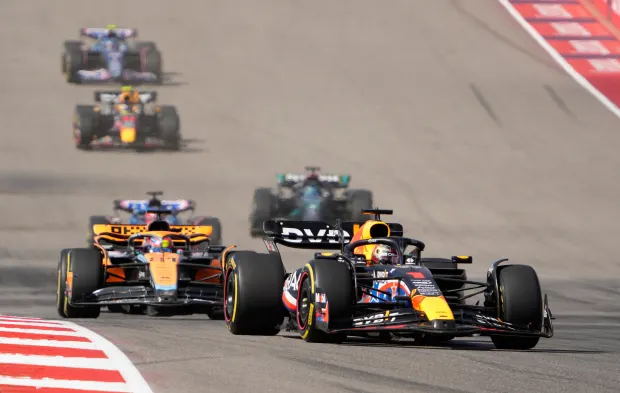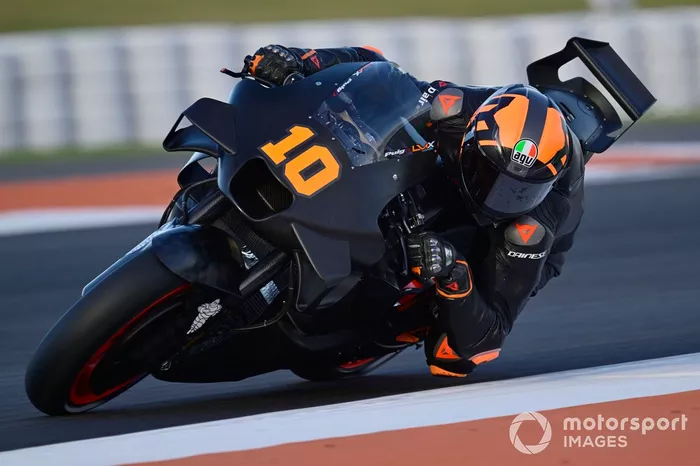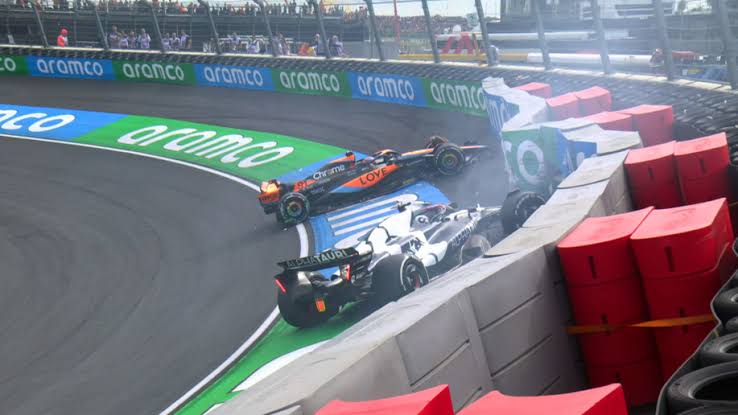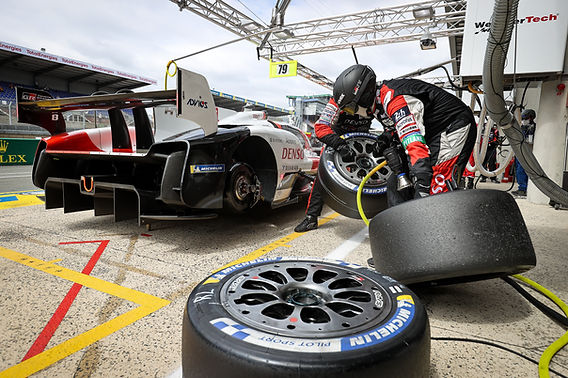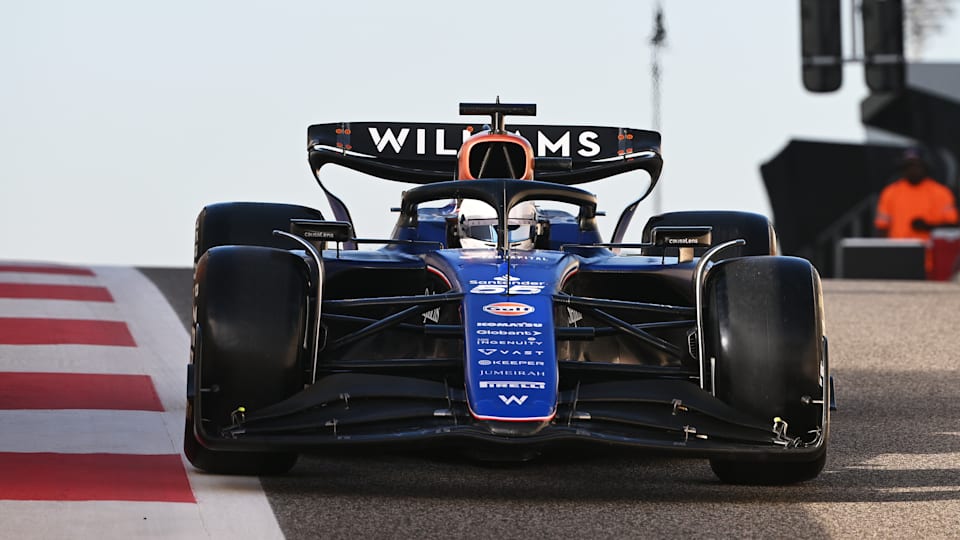3 Reasons Why Alpine Use Some Old Aero Strips At Monza
In the high-speed world of Formula 1, innovation and cutting-edge technology are often at the forefront of a team’s strategy to gain an edge over their competitors. However, at the Italian Grand Prix in Monza, Alpine surprised many by taking a step back in time and using old-school aero testing methods. Instead of the fluorescent flow-vis paint commonly seen on F1 cars, Alpine opted for strips of yarn tufts to evaluate their aerodynamics. While this may seem like a blast from the past, there are compelling reasons behind Alpine’s decision to go old-school at Monza. The reasons behind this are-
1. Real-Time Insights on Track
One of the primary reasons Alpine chose to use yarn tufts at Monza was to gain real-time insights into their car’s aerodynamic behavior on the track. Flow-vis paint provides valuable data after the car returns to the pits, but tuft testing allows engineers to see how airflow reacts at every moment during the actual race. High-resolution cameras focus on the tufts, capturing video footage of their behavior. This provides crucial information about airflow direction, pressure changes, and potential stall issues as the car navigates high-speed straights and low-speed corners. By analyzing this data in real-time, Alpine can make immediate adjustments to optimize their car’s performance.
2. Comprehensive Speed and Corner Analysis
Monza’s unique layout, featuring long straights and tight chicanes, presents a challenge for teams trying to balance speed and downforce. Tuft testing offers a comprehensive analysis of how aerodynamics perform at various speeds and different corners. If the yarn tufts behave differently when the car is flat out on the straights compared to low-speed corners, Alpine’s engineers can quickly identify areas that need improvement. This level of detail is essential for fine-tuning the car’s setup to maximize performance on a track with such diverse challenges as Monza.
3. Identifying Potential Issues
Tuft testing also helps Alpine identify potential aerodynamic issues that may not be immediately evident with flow-vis paint. Flow-vis provides data on how airflow behaved after it passed the car, but tuft testing reveals what the airflow is doing while the car is in motion. This means that Alpine can spot and address problems as they occur, preventing them from affecting their performance during the race. Whether it’s detecting unexpected airflow separation or identifying pressure changes, tuft testing offers a more dynamic and immediate perspective on aerodynamics.
In conclusion, Alpine’s decision to use old-school yarn tufts at the Monza Grand Prix was driven by the need for real-time insights, comprehensive speed and corner analysis, and the ability to identify potential aerodynamic issues as they happen. While flow-vis paint remains a valuable tool for understanding post-race aerodynamics, tuft testing offers a unique advantage in optimizing a Formula 1 car’s performance during the race itself. In the quest for success in the fast-paced world of F1, sometimes looking to the past can provide valuable lessons for the future.





